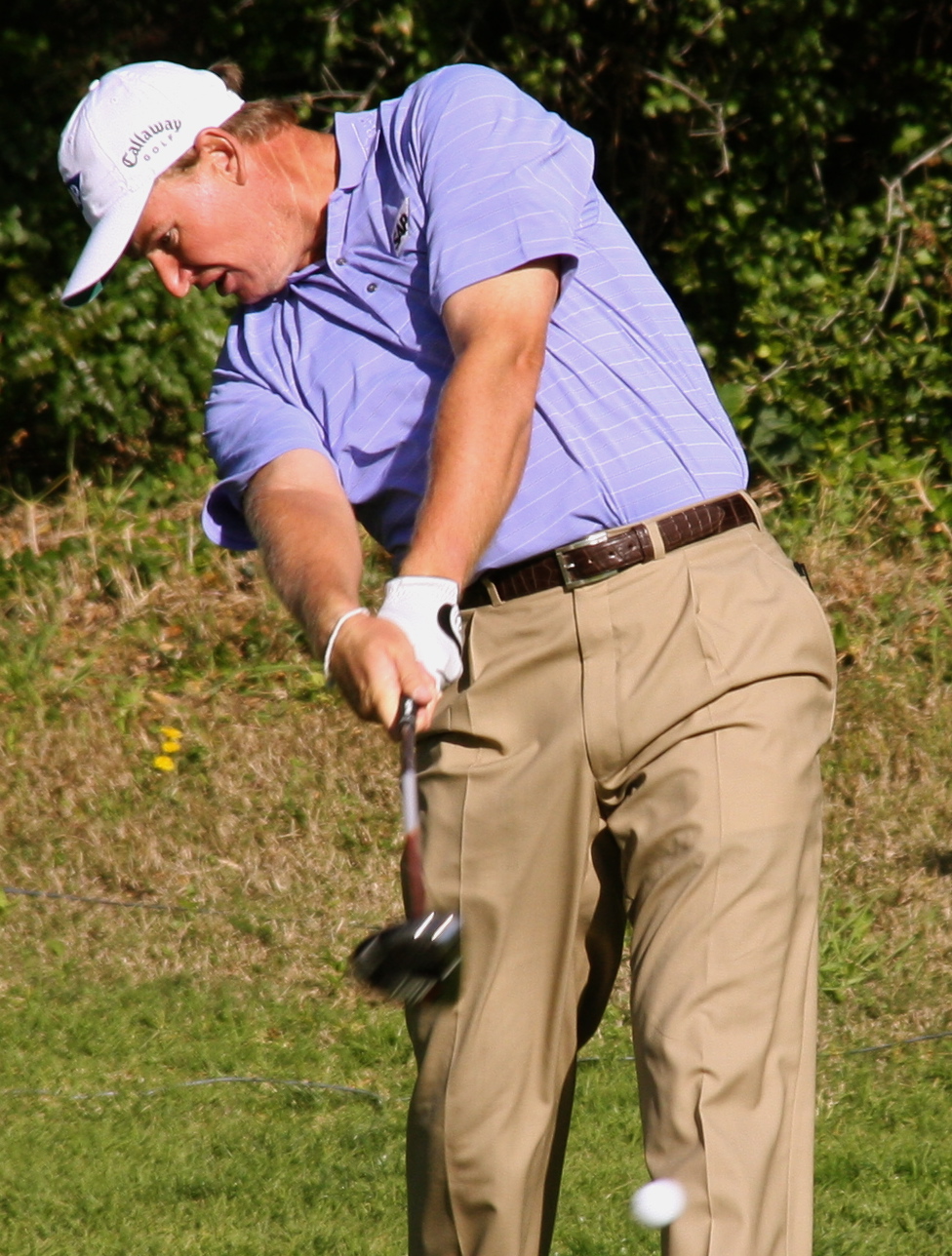"Some of the rounds we've played there, it's been almost to the point where it's laughable."
/
Q. There's been a lot written about how some of the fireworks are gone, going back to the year you and Phil basically through everything you had at the golf course and there were some dividends for it. Was the course too hard, or do you think that was just a function of weather or have they made it so difficult that there's no wiggle room to allow for weather now, and that's the tipping the point?
ERNIE ELS: Well, I think you've said it all. (Laughter).
I think you're right. 2004 was the last time there was really a nice shootout. I think even if you look at years before 2004, there were a lot more years where there were more exciting finishes.
You could reach a lot of the par 5s. You could take on some of the holes with shorter irons, especially like No. 7, like No. 11. 17 was even shorter. 15, the par 5, you could reach, longer hitters, with maybe a long middle iron. 13 you could get to the green a lot easier. And as I said, 11 was short, so you could go in there with a short iron.
And these greens are all very difficult. They were built by Alister MacKenzie and Bobby Jones, and there's a lot of slope on that golf course, as you guys know; you've walked it. So there's going to be a lot of slope on the greens naturally; and with the speed of the greens, and as we've seen the weather last couple of years, it's going to be very difficult.
To be honest, the guys are very good on TOUR, but then they will play away from flags, and it's just natural. Like 11, you're coming in with a 3-iron or maybe even a 5-wood with the wind whipping into you, 50-degrees, you're not going to go for the flag. It's impossible. Whether you say hey, the players are not good enough or whatever, the fact of the matter is, professionals are not going to go for a par 4 with water on the left, flag tucked left with wind figured in; you're playing safe.
So that's been the case. I think the last couple of years, especially the final rounds, it's been a bit subdued, and that's going to keep happening if they keep the golf course the same way.
I hear they have changed some things, so we will wait and see. I'll go check out the golf course and see what it's all about, and see where to go from there. But they have definitely -- you know, Mr. Johnson, when he took over as Chairman, he made a lot of changes, and we've got to live by those changes now. And the course is one of the toughest courses in the world now.
They're just getting a little less vague and a lot less diplomatic each year, aren't they?
Q. Geoff Ogilvy said last week, getting back to the Masters, he said if somebody built that golf course today, Augusta National and it didn't have the tradition and the aura and it was the same green complexes and the same speeds and the same difficulty, the pros would walk off it after nine holes and say it's ridiculous.
ERNIE ELS: Well, I won't go that far. (Laughter) It is what it is.
As I said, you know, I'm a fan of Alister MacKenzie's design. We play Royal Melbourne down in Australia where Geoff is from. He plays at Victoria, which is across the road. It has some of the greens, some of the speeds and more wind than Augusta has. And we play golf tournaments down there, too.
He is right in the fact that he says that they kept on, how shall I say, massaging the golf course, to the point where, yes, at times when the weather turns and flag positions are in certain parts, it becomes very much on the edge.
In some cases, yeah, some of the years, some of the rounds we've played there, it's been almost to the point where it's laughable. But, hey, we play a major there. It's still a very good layout, and they just try and test the players. At times, they have gone maybe past the point.
But other than that, they're doing a super job.











